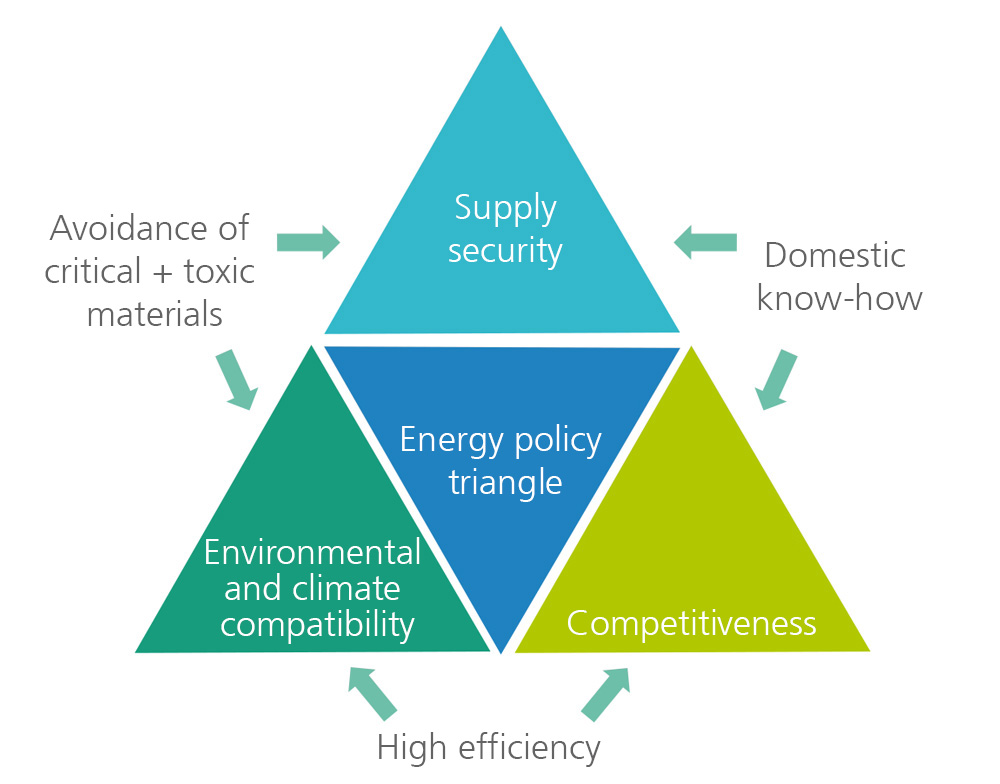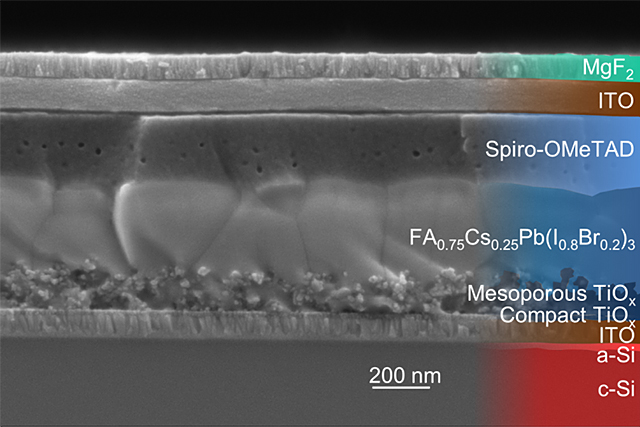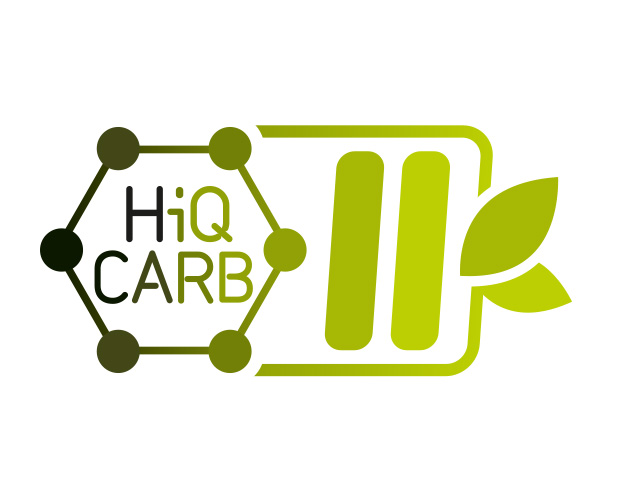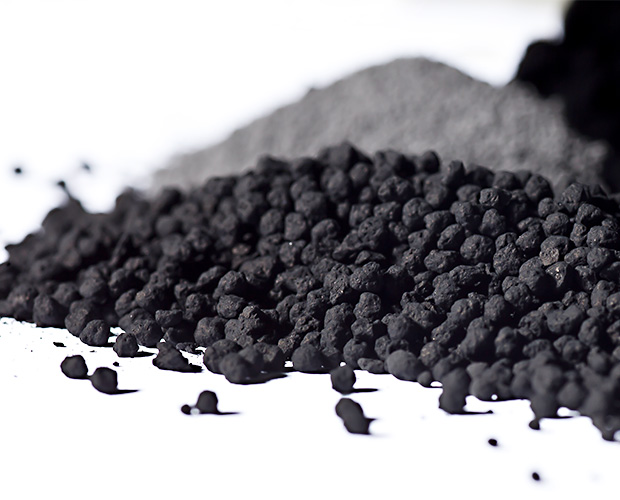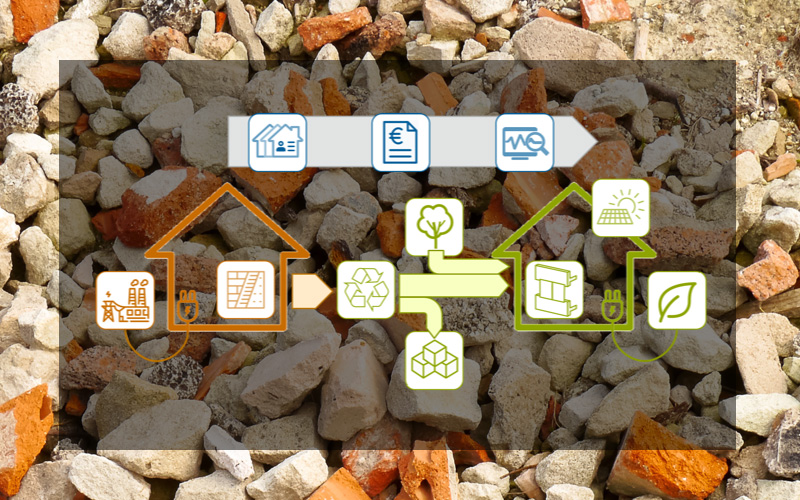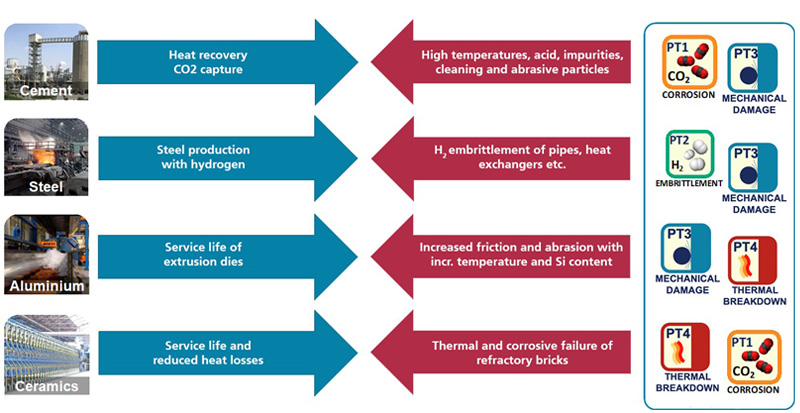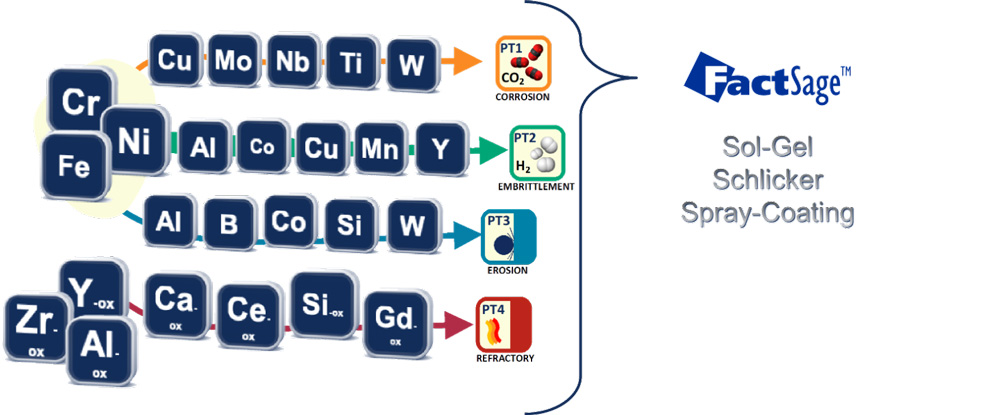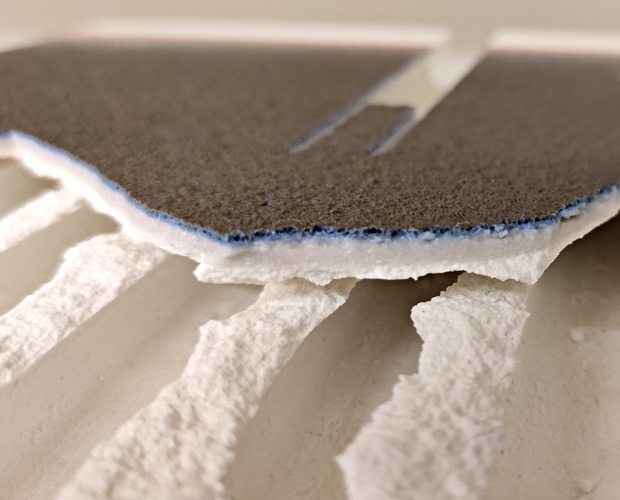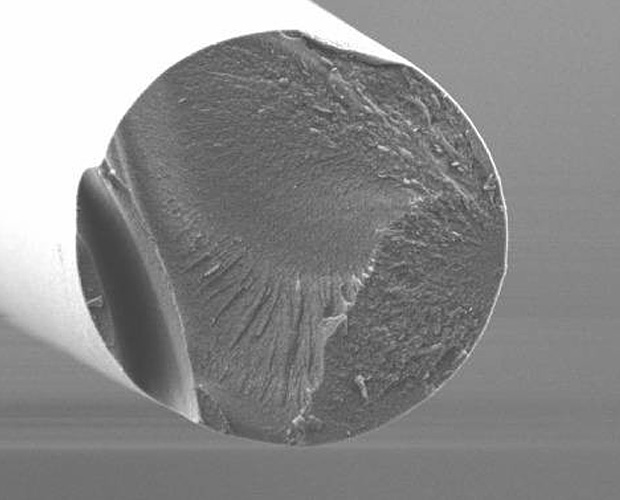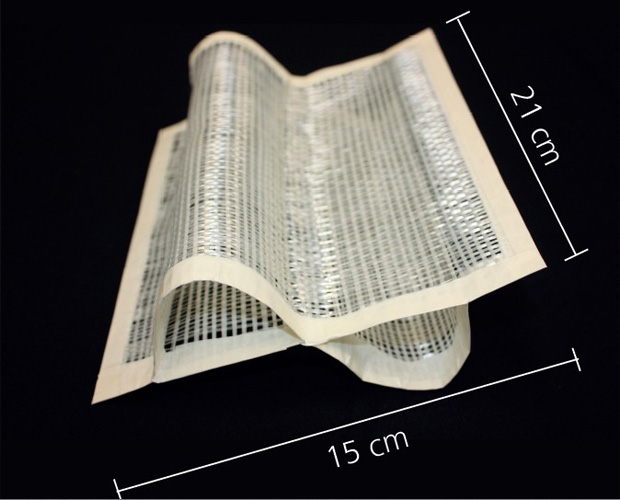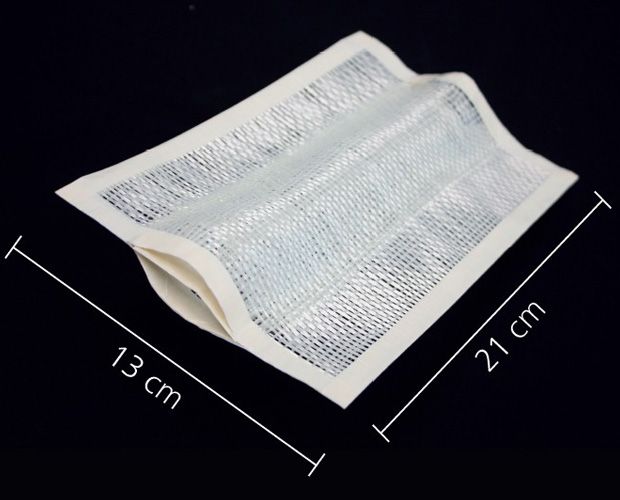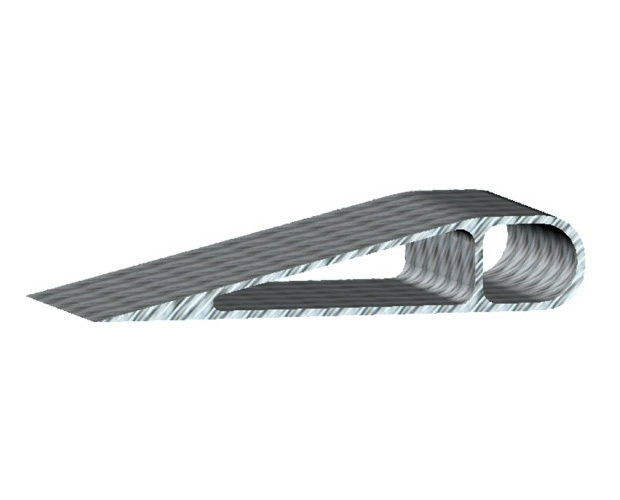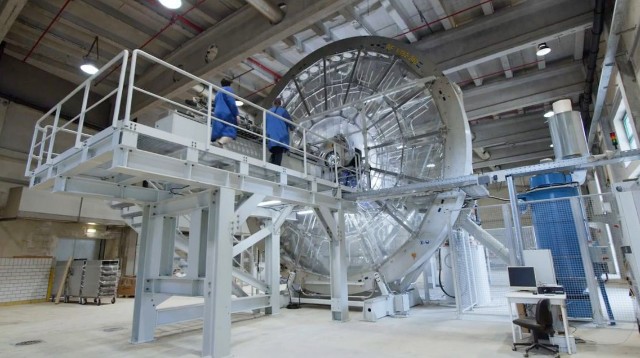In the field of aviation, weight reduction and energy efficiency are at the top of the list of requirements – also for new materials and components. Ceramic matrix composites (CMC) offer significant advantages for use in aircraft gas turbines: CMC components are only one-third as dense as conventional metal components, so they contribute to a significant reduction in weight. They can also be used at temperatures up to 300 K higher. In the hot section of gas turbines, CMC components therefore enable more efficient and complete combustion, save fuel and thus reduce CO2 emissions. Oxide ceramic matrix composites (O-CMC) also naturally ensure high oxidation resistance and a low tendency to corrosion in the combustion atmosphere, thus increasing the service life of the components.
Since the beginning of 2021, the Fraunhofer Center HTL has been working within the scope of the “AirfOx” project, funded by the Bavarian aerospace program BayLu25, to develop a process that can be automated and technologies with which near-net-shape engine blades for aircraft gas turbines (airfoils) can be integrally manufactured from oxide ceramic fibers in series production.
By using multiscale simulation and CAD programs for load-oriented fiber design, an airfoil will be used as an example to demonstrate how a complex 3D preform can be developed in CMC manufacturing. Innovative weaving techniques are being used to develop a new manufacturing method for three-dimensional fabric preforms made of ceramic reinforcing fibers for CMC components with cover surfaces of different lengths, while at the same time allowing support structures in the form of webs to be woven in. Locally occurring stress peaks, which are detected during modeling, can also be taken into account as early as in the fabric design phase. The transfer of textile 3D weaving techniques to ceramic fibers is a particular challenge due to their brittleness. With the special manufacturing technology, the textile-ceramic 3D preforms are produced in one piece close to the final contour. This ensures high resource efficiency in the manufacturing process.
In the project, a digitization concept for the production of the preform is being developed in order to continuously record and evaluate the production data, which are essential for the component properties, during the weaving implementation of the textile semifinished product. The aim is to set up a data management system as a preparatory measure for certifications to ensure the traceability of all process parameters, thus facilitating subsequent aviation approval.
The textile semifinished product is converted into a CMC component in four steps, with the special process for infiltration being used for the first time for this type of 3D preform. Focal points are the development of the technology for the infiltration process and the ability of the process to be automated.
CMC airfoils can significantly contribute to reducing fuel consumption and lowering CO2 emissions. “AirfOx” will make a significant contribution here towards series production and is intended to pave the way for establishing the new resource-efficient technology for producing complex 3D fiber prefoms for CMCs, which can then also be used for other CMC types, e.g., SiC/ SiC-CMC.
Further Information
